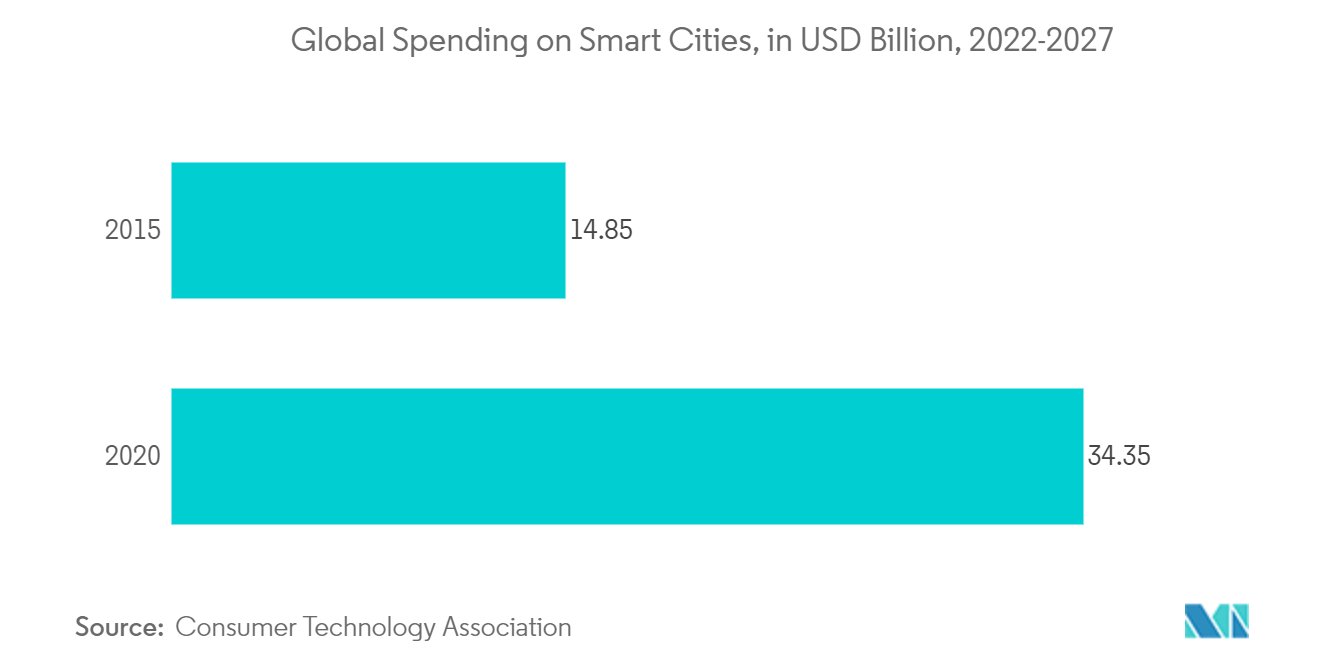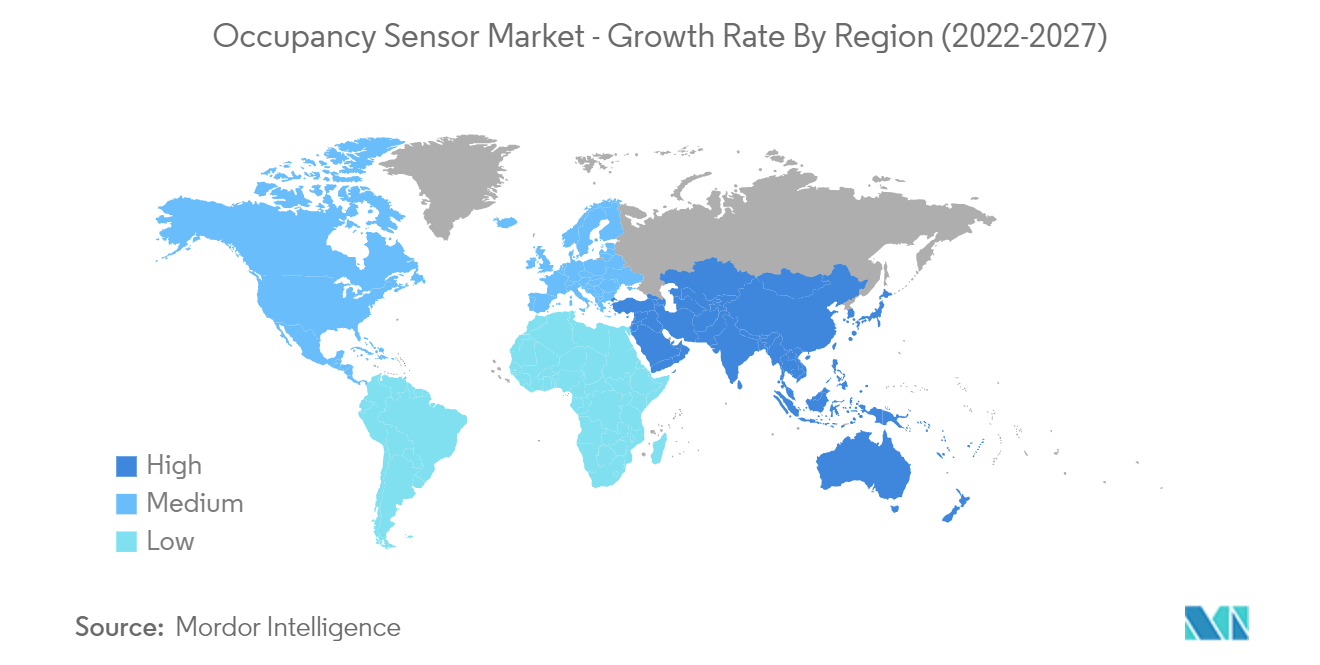Market Trends of Occupancy Sensor Industry
This section covers the major market trends shaping the Occupancy Sensor Market according to our research experts:
Smart City to Increase the Growth of the Occupancy Sensor Market
- The trend of urbanization is growing worldwide, and according to the United Nations Department of Economic and Social Affairs, 60% of the population will be living in cities by 2050. With more people shifting to urban areas, cities across the world will be on a trend to develop smart cities, which may enhance the growth of the market.
- A smart city can create an efficient and smart service delivery platform for public and municipal workers by installing sensors in the city to create platforms that allow the sharing of information. The platform can have a common data warehouse where different sensor systems store their information. A truly smart parking system should be not only aware of the occupancy status of each parking space but also be able to guide the user to it.
- Traffic congestion caused by vehicles is an alarming problem on a global scale, and it has been growing exponentially. Occupancy sensors, like IoT sensors and ultrasonic sensors, play a major role with the help of edge computing, where traffic patterns may help in managing traffic problems very efficiently.
- Santander, the Spanish city, is embedded with more than 12,000 sensors that measure everything from the amount of trash in containers to the number of parking spaces available to the size of crowds. Los Angeles implemented a smart traffic solution to control traffic flow. Road-surface sensors and closed-circuit television cameras send real-time updates about the traffic flow to a central traffic management platform.
- A vision-based occupancy sensing system with real-time data capture and analysis offers major advantages over PIR and video systems. Thus, this may help the smart city development in the growing occupancy sensor market due to its computing model.

North America to Account for a Significant Market Share
- North America has a higher demand for occupancy sensors for commercial and residential buildings than other regions. This is due to the region's well-organized and regulated value chain for the occupancy sensors industry. This streamlines the ordering and installation procedure. New product advancements and alliances formed by various manufacturers have assisted the North American occupancy sensor market in gaining and maintaining the lead till 2025.
- Additionally, the demand in North America is mainly driven by a higher focus on innovations and advancements in occupancy sensors, such as image processing occupancy sensors (IPOS), intelligent occupancy sensors (IOS), and micro-phonics.
- The largest industry for occupancy sensors is the residential and commercial building industry due to massive growth in the construction sector in this region. Technology has a major role to play in this sector due to its cost-effective matrix.
- The United States is leading the market, owing to the developments in various sectors and the increase in the rise of wireless network infrastructure. Similarly, the growing demand for HVAC systems in the US region is anticipated to play a crucial role in this market.


